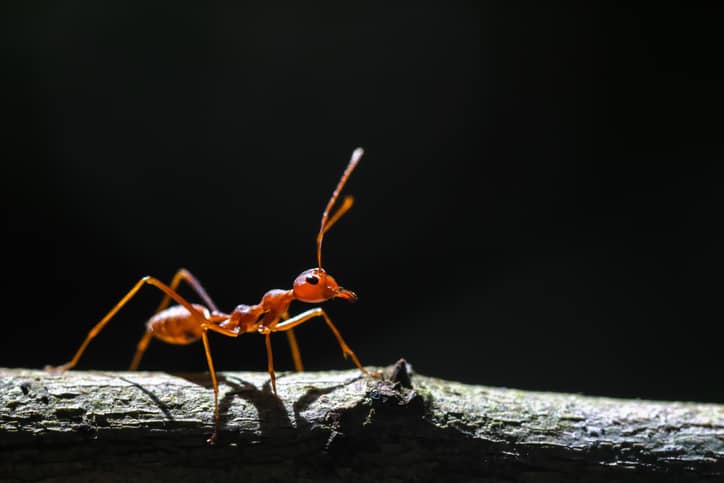Red Ants vs. Fire Ants
Nobody enjoys getting bitten by ants, especially not fire ants. Fire ants not only bite, but they also sting, which is one of the key differences between fire ants and other ant species. Additionally, 2 to 3 percent of people are allergic to fire ants, which makes proper identification especially important.
Distinguishing a fire ant from other ant species is tricky; not all fire ants are red and not all red ants are fire ants. Fire ants in the United States belong to one of two categories: imported and native. Imported fire ants are the most aggressive and include red and black imported fire ants. Both were both brought to the United States by accident in the early 20th century. While less hostile, native fire ant bites and stings hurt just as badly. Native fire ant species include southern fire ants, tropical fire ants, desert fire ants, and little fire ants.
Fire ants thrive in warm climates, especially Southern states. In fact, according to our 2022 national survey, 50% of homeowners in the South have experienced problems with fire ants. They range from 1/8 to 1/4 inch in length and vary in color from bright red to black. Unlike other ants, fire ants have two bumps between their thorax and abdomen. As mentioned above, fire ants don’t just bite, like other ants do. They sting as well. Other ants use their mandibles and mouth to pinch skin and bite, whereas fire ants grasp the skin to bite it before injecting a toxin with their stinger, hence the immediate pain.
Differences in behavior can also help to identify a fire ant. Fire ants are extremely aggressive and will swarm instantly if their mound is disturbed. Most other ants take longer to respond if they respond at all. Another distinguishable characteristic is that fire ant mounds do not have openings at the top like regular anthills and are usually located in moist areas, generally popping up after rain.
When it comes to fire ant control, calling a pest control professional is highly recommended to prevent an infestation as it requires dealing with their mounds and colonies, which can be dangerous.





